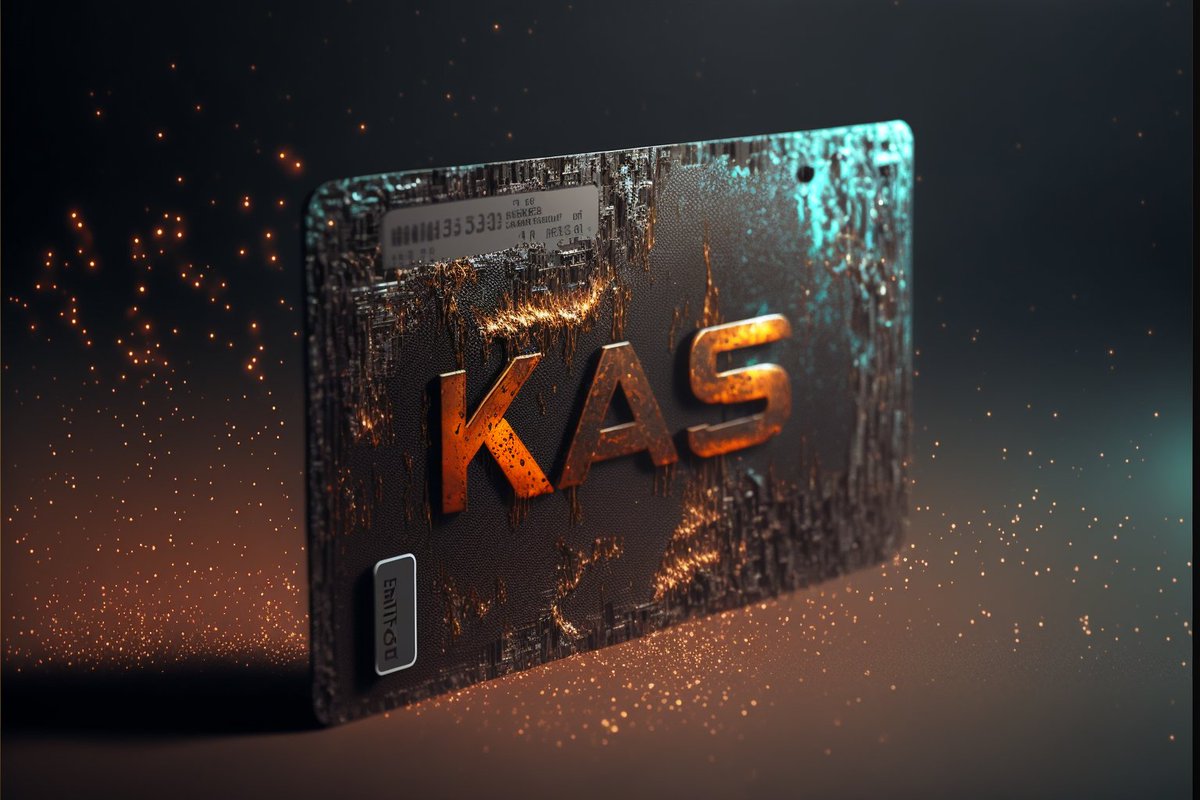What are the most important features to have in a smart contracts platform for decentralized applications?
Assuming all the smart contract platforms are interoperable, what platform (i.e. network) features would be most important?
🧵
Assuming all the smart contract platforms are interoperable, what platform (i.e. network) features would be most important?
🧵

1/ Security
Security is the most crucial feature of a smart contract platform for dApps. It should protect the integrity and consistency of the network and data and prevent attacks. a PoW network with 50% BFT will be sperior to PoS with 33% BFT. cyber.biu.ac.il/wp-content/upl… (page 24)
Security is the most crucial feature of a smart contract platform for dApps. It should protect the integrity and consistency of the network and data and prevent attacks. a PoW network with 50% BFT will be sperior to PoS with 33% BFT. cyber.biu.ac.il/wp-content/upl… (page 24)
2/ Speed
Block rate (=Speed) is the second most important feature because it directly affects the end-user experience. The rate new blocks are added determines the speed of smart contract transactions. Research shows less than 100ms (10 BPS+) feels instant nngroup.com/articles/respo…
Block rate (=Speed) is the second most important feature because it directly affects the end-user experience. The rate new blocks are added determines the speed of smart contract transactions. Research shows less than 100ms (10 BPS+) feels instant nngroup.com/articles/respo…
3/ Scalability
A smart contract platform is a shared permissionless computer, and it must be able to scale to handle large volumes of usage without compromising performance or efficiency, as decentralized applications become more widely used.
A smart contract platform is a shared permissionless computer, and it must be able to scale to handle large volumes of usage without compromising performance or efficiency, as decentralized applications become more widely used.

4/ Fees
A smart contract platform should be cost-effective, with low fees. This is essential to encourage adoption and ensure the long-term network sustainability.
A low throughput platform will make you wait longer to execute code, or pay higher fees to execute it before others.
A smart contract platform should be cost-effective, with low fees. This is essential to encourage adoption and ensure the long-term network sustainability.
A low throughput platform will make you wait longer to execute code, or pay higher fees to execute it before others.

5/ Censorship resistance
A smart contracts platform should be censorship resistant. Miners allowing you execute code or validate your smart contract state are like threads in a CPU. You don't want some threads to censor your code or unobjectively make you pay more for running it.
A smart contracts platform should be censorship resistant. Miners allowing you execute code or validate your smart contract state are like threads in a CPU. You don't want some threads to censor your code or unobjectively make you pay more for running it.
6/ Decentralization
The platform must be decentralized to ensure that no single entity has control over the network. Decentralization enhances security and promotes transparency and fairness. A Gov/CEO-less platform where many actors own little pieces of the network is favorable.
The platform must be decentralized to ensure that no single entity has control over the network. Decentralization enhances security and promotes transparency and fairness. A Gov/CEO-less platform where many actors own little pieces of the network is favorable.
7/ Governance
The platform should have governance model that allows stakeholders to participate in decision-making and ensures that the network evolves in a sustainable and democratic manner. A community project without a central government or foundation is more predictabile.
The platform should have governance model that allows stakeholders to participate in decision-making and ensures that the network evolves in a sustainable and democratic manner. A community project without a central government or foundation is more predictabile.

8/ Interoperability
The ability of different smart contract platforms to communicate and interact with each other is crucial for the development of decentralized applications, and creates better synergy. It also increases choice for app developers to migrate between platforms.
The ability of different smart contract platforms to communicate and interact with each other is crucial for the development of decentralized applications, and creates better synergy. It also increases choice for app developers to migrate between platforms.
9/ Programmability
A smart contracts platform will ideally support a variety of programming languages, offer flexible and intuitive development environment, and abstract the platform's specifics and simplify developer onboarding.
A smart contracts platform will ideally support a variety of programming languages, offer flexible and intuitive development environment, and abstract the platform's specifics and simplify developer onboarding.
10/
With that in mind, #Kaspa has a unique set of features that would make it an ideal platform for smart contracts.
- Security of a PoW network.
- Speed of 1 BPS (1Hz), soon 32Hz, and dreaming of 100Hz.
- The fast, concurrent blocks add censorship resistance and reduce MEV.
With that in mind, #Kaspa has a unique set of features that would make it an ideal platform for smart contracts.
- Security of a PoW network.
- Speed of 1 BPS (1Hz), soon 32Hz, and dreaming of 100Hz.
- The fast, concurrent blocks add censorship resistance and reduce MEV.

11/
- Decentralized government-less community project gives participants more predictability and reduces risk of radical changes (a la Ethereum kicking out Miners)
- Decentralized government-less community project gives participants more predictability and reduces risk of radical changes (a la Ethereum kicking out Miners)

#Kaspa $KAS currently does not have a smart contract layer, however SC have been considered during the design, and decisions have been made to accomodate SC as the project grows. SC are being researched and discussed on Discord at discord.gg/kaspa. Join the conversation.
All kaspa art in this thread made by @BitachonHashBTC as usual ♥️ 

• • •
Missing some Tweet in this thread? You can try to
force a refresh










